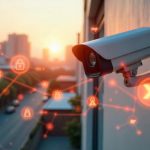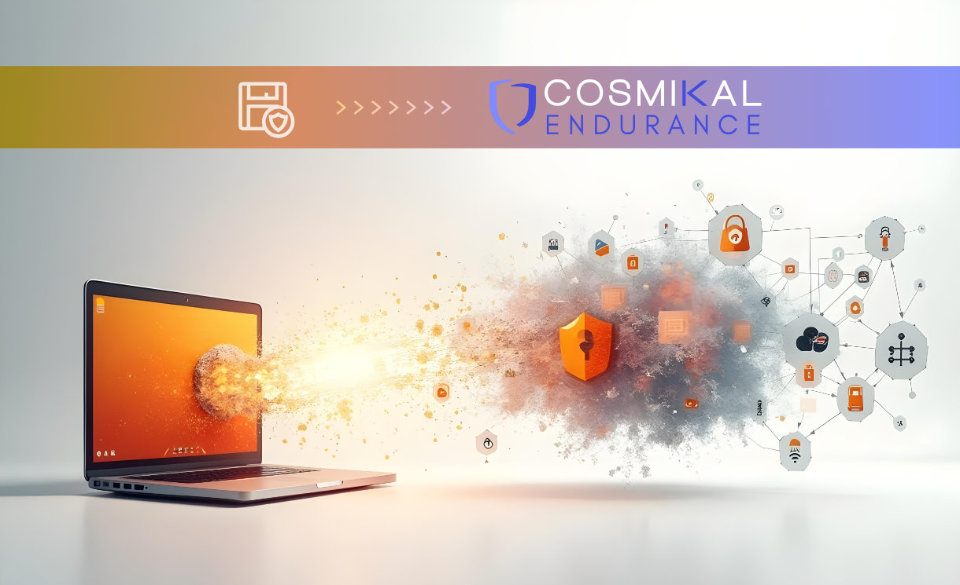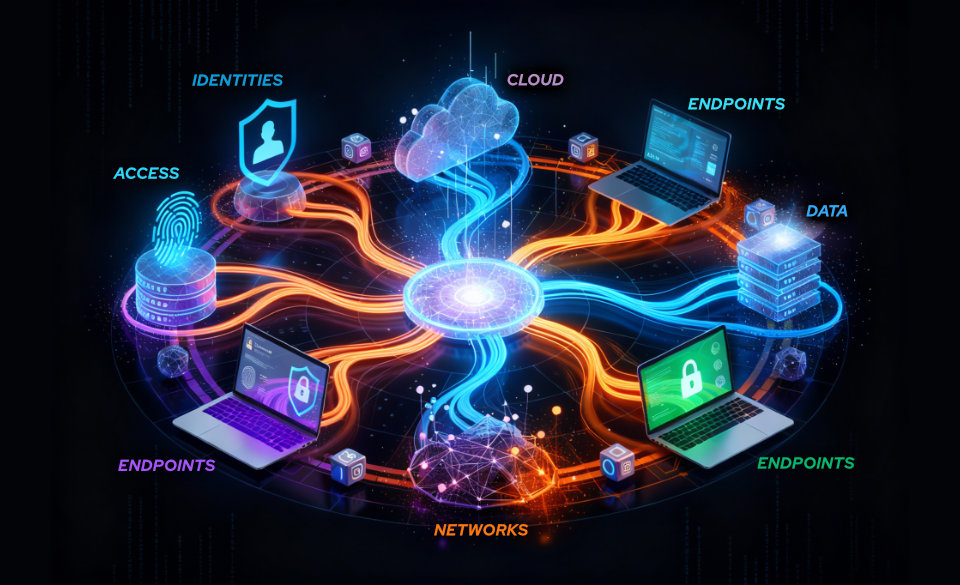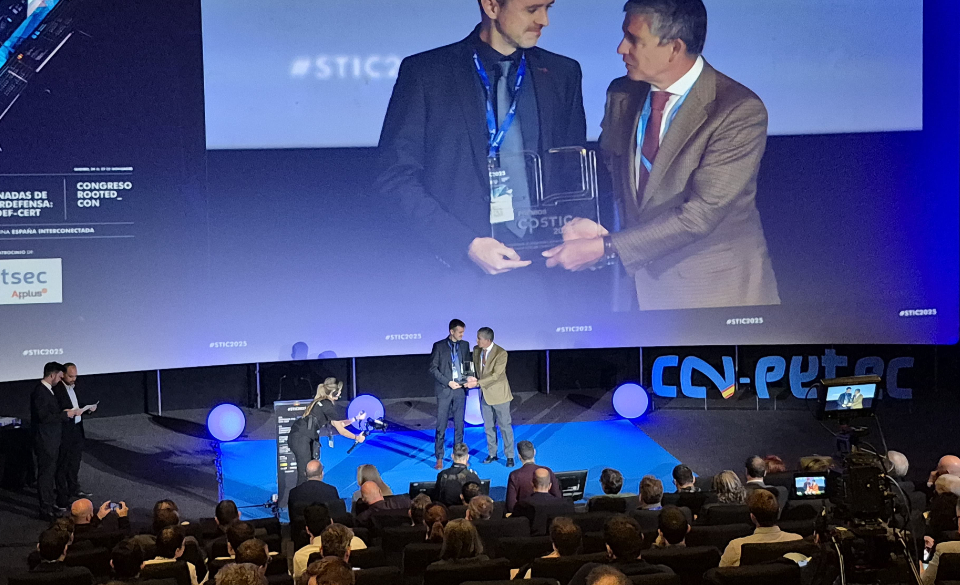
Cybersecurity in Public Administration: Attacks, Risks, and How to Protect What Matters
26 de June de 2025
CCTV Network Security: How to Protect a Highly Vulnerable System
10 de July de 2025For decades, antivirus software formed the backbone of cybersecurity strategies in companies and public institutions. It represented the first line of defense against malware, and its presence was synonymous with basic compliance. However, in today’s landscape, this technology has lost prominence and no longer effectively addresses modern threats.
This article analyzes the decline of traditional antivirus, its evolution toward more advanced solutions, and its current role within a comprehensive security ecosystem.
Structural limitations of traditional antivirus
The original antivirus model is based on signature recognition: the system detects and neutralizes malicious code by identifying known patterns. This approach is insufficient against today’s threats, which operate with far more sophisticated dynamics:
- Polymorphic and metamorphic malware, capable of rewriting itself to evade signature detection.
- Fileless techniques, which execute in memory and leave no trace on disk.
- Abuse of legitimate system tools (LOLBins) to carry out malicious actions without being detected.
- Targeted and persistent attacks, specifically designed to overcome conventional protection solutions.
Moreover, the time gap between the emergence of a new threat and its inclusion in signature databases is often critical. This operational lag renders traditional antivirus a reactive and limited measure, easily bypassed by attackers with medium or high technical skills.
Antivirus as a function, not a solution
Antivirus hasn’t disappeared, but its role has shifted. Today, it is part of broader protection suites integrated into solutions aligned with modern cybersecurity architectures. These technologies include:
- NGAV (Next-Generation Antivirus): Based on behavior analysis, machine learning, and file reputation, rather than relying solely on signatures.
- EDR (Endpoint Detection and Response): Offers continuous monitoring and incident response capabilities at the endpoint level.
- XDR (Extended Detection and Response): Extends detection beyond the endpoint by integrating network, cloud, email, and other vectors.
- MDR (Managed Detection and Response): Outsourced detection and response services, essential for organizations without an internal SOC.
In this context, antivirus becomes just one function within a complex system focused on proactive detection, containment, and forensic analysis.
The risk of misplaced trust
Some organizations still view antivirus as a standalone, sufficient security measure. This outdated mindset poses a strategic risk. Antivirus alone does not protect against:
- Theft or abuse of valid credentials.
- Privilege escalation and lateral movement within the network.
- Manipulation of critical assets via remote access.
- Data exfiltration through covert channels.
Relying solely on endpoint protection technologies exposes an organization’s most sensitive assets.
Security based on access control and visibility
Today’s threats cannot be neutralized by detection alone. They require strict access control, segmentation, full traceability, and containment mechanisms. Solutions like Endurance, focused on privileged session control, offer a more effective approach:
- Isolate access to critical systems through brokered, hardened connections.
- Provide full visibility into activities within IT and OT environments.
- Limit the scope of action of a malicious actor, even if valid credentials are obtained.
- Prevent direct connections between the user and the asset, mitigating the risk of malicious code execution.
Security is no longer just about identifying threats; it’s about reducing the attack surface, controlling access, and ensuring that every interaction is logged, restricted, and monitored.
Integration of antivirus as a function within Endurance
Within the protection ecosystem offered by Endurance, antivirus is not discarded but strategically integrated. The platform supports the incorporation of antivirus solutions to scan files and content transferred during remote sessions, adding an extra layer of validation before the file interacts with the protected asset.
This function does not rely on an agent installed on the user’s endpoint. Instead, it operates within the controlled and monitored environment of Endurance, ensuring that any file—uploaded or downloaded—is inspected before being authorized. This approach reinforces the zero trust policy by assuming no resource is trusted by default, not even files shared within seemingly legitimate sessions.
Conclusion
Traditional antivirus, as a standalone solution, no longer meets the demands of today’s threat landscape. It has been surpassed by faster-evolving, more sophisticated threats. In its place, integrated solutions have emerged that combine advanced detection, response, access control, and real-time analysis.
The role of antivirus should be understood as a complementary layer —not the core— of a defense strategy. To safeguard an organization’s most critical assets, it is essential to adopt a modern cybersecurity architecture based on control, isolation, visibility, and coordinated response.




